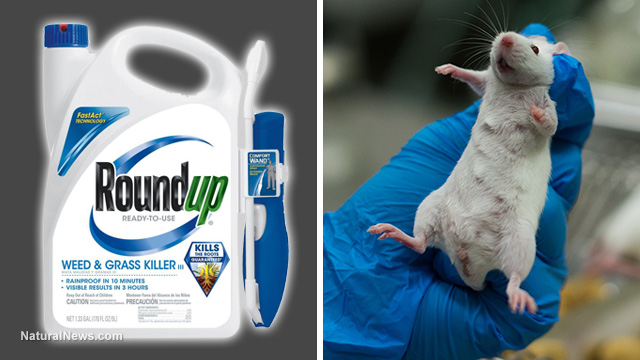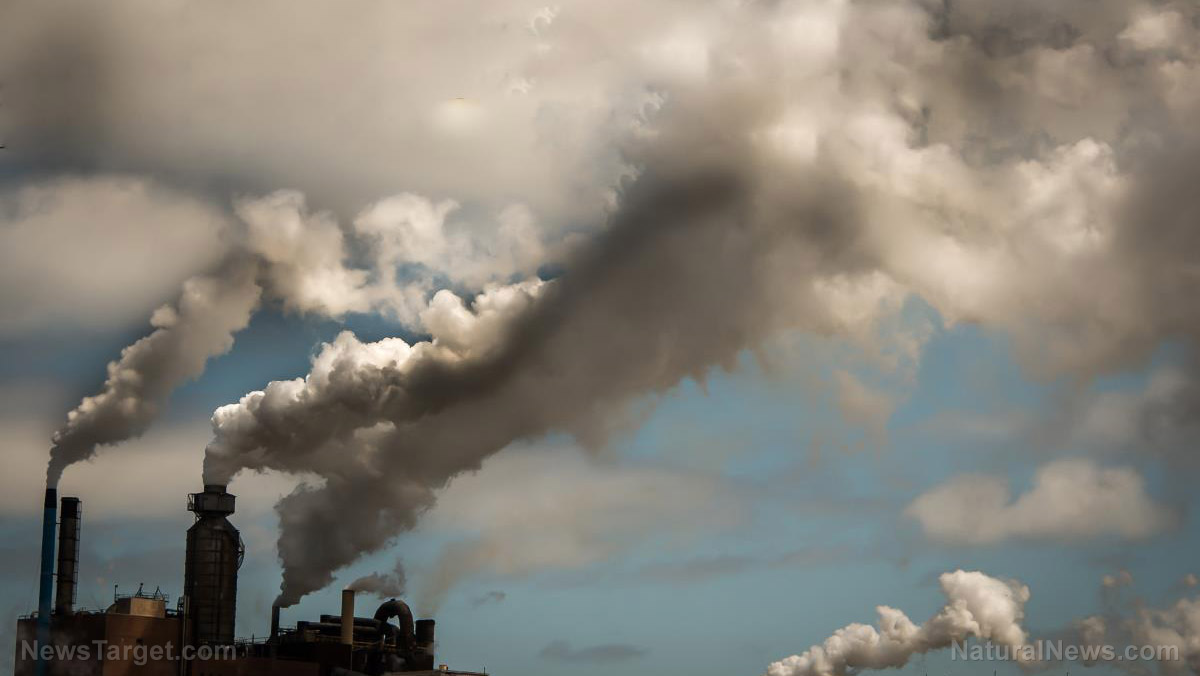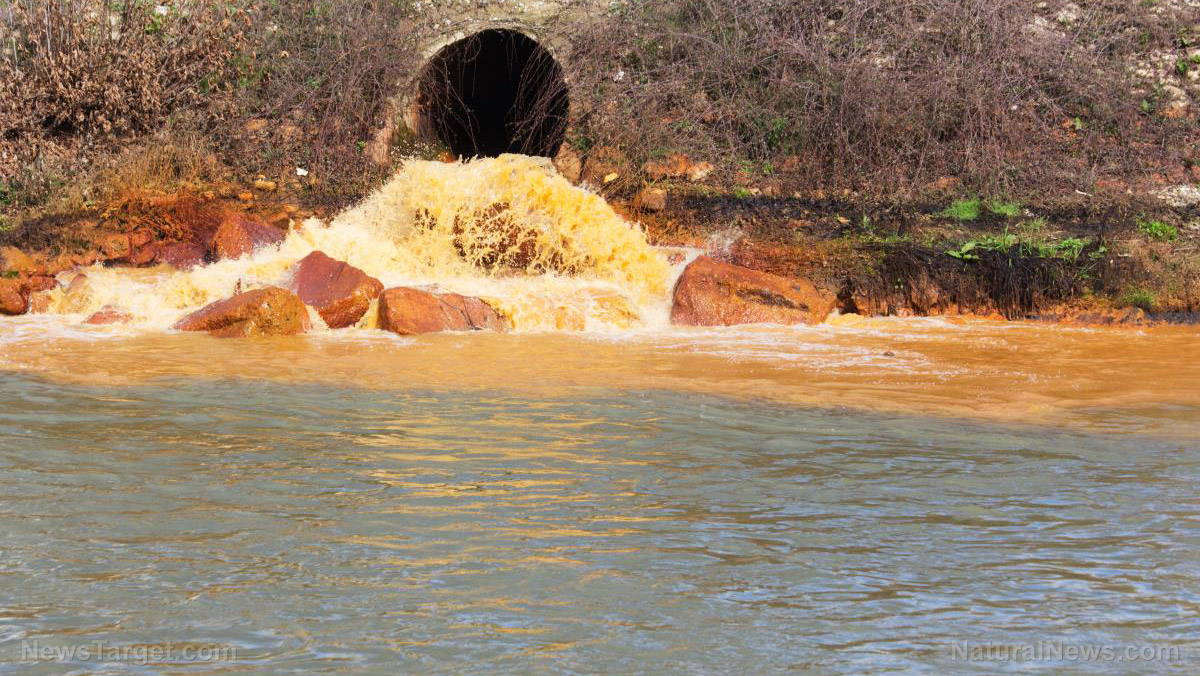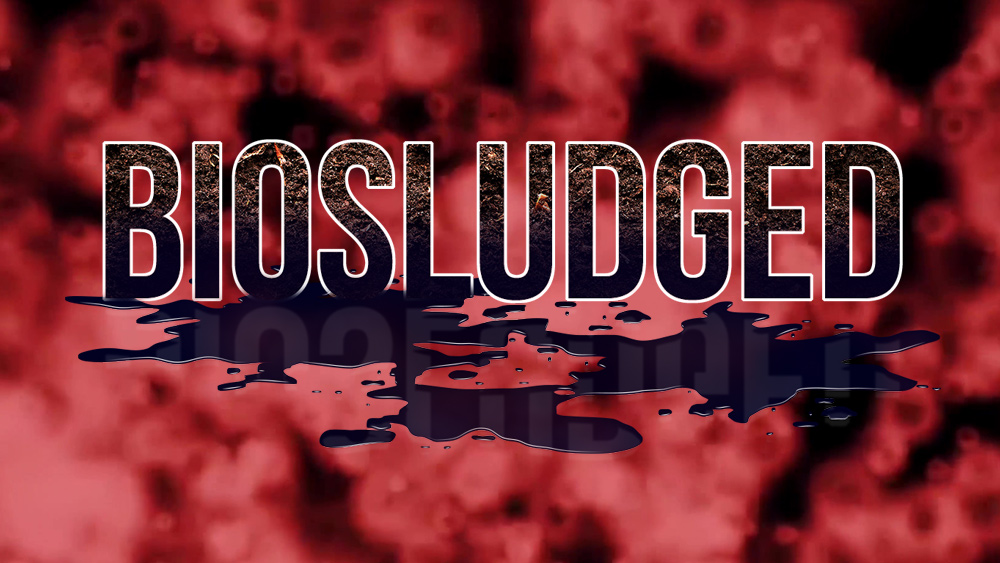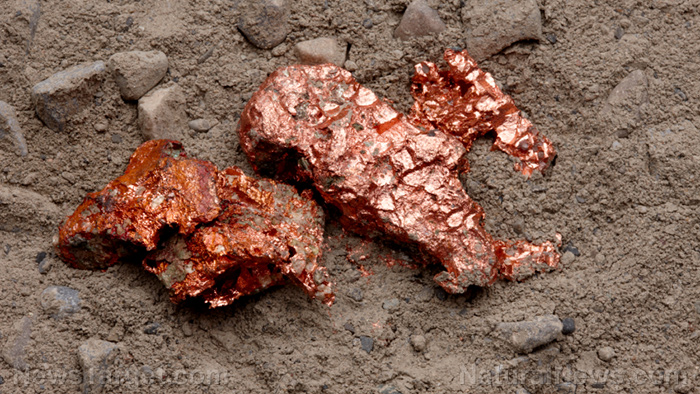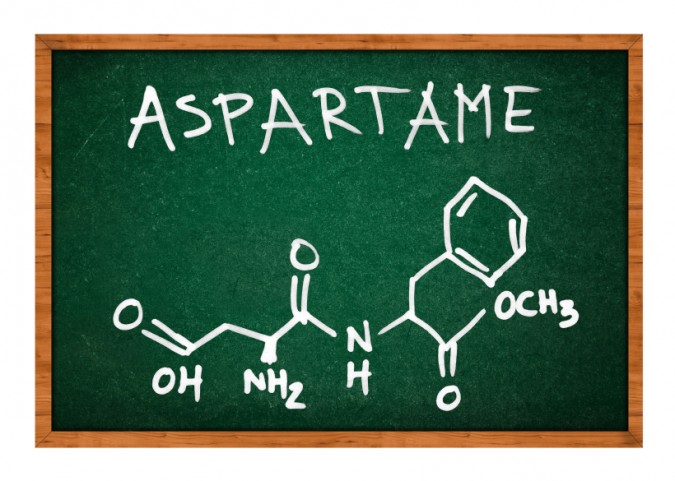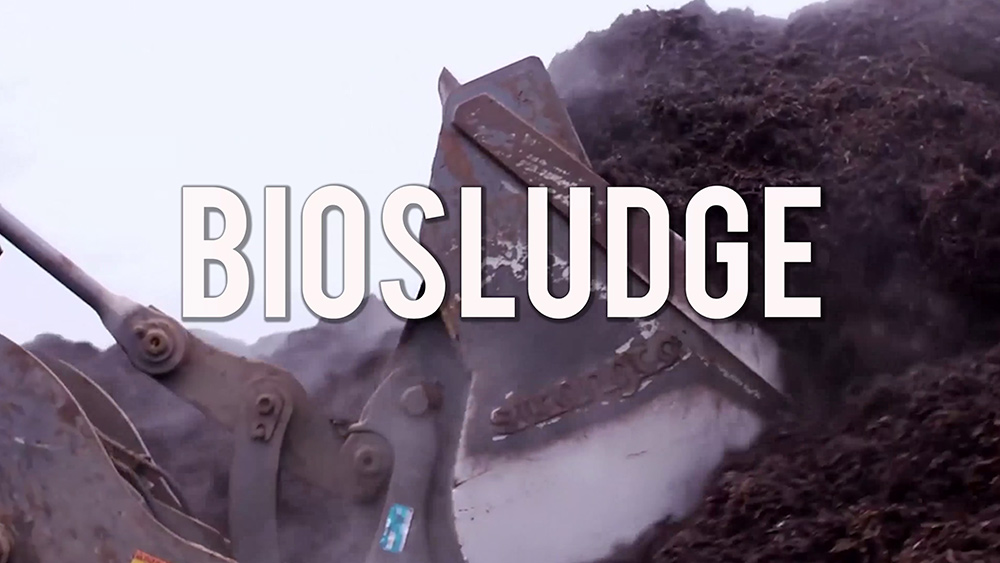Scientists: Long history of fertilizer use on land is threatening our water quality today
12/04/2018 / By Tracey Watson

Imagine you’re driving down a long, straight road through rural farmland. One either side of you are beautiful green farms. The produce being grown on these farms looks healthy and appears to be thriving. Now picture the land beneath those farms as massive sponges. Like all sponges, put enough liquid in and eventually the absorption capacity of that sponge will be reached, leaving the remaining liquid with nowhere to go.
In much the same way, over a period of time, phosphorous in the chemical fertilizers used in conventional farming exceeds the amount that can be absorbed by the land and the remaining phosphorous becomes runoff which is discharged into and pollutes downriver water systems.
A new study by researchers from the Université de Montréal, published in the journal Nature Geoscience, set out to quantify the exact level of phosphorous the land can absorb before that “sponge” gets too full. Their research is a source of great concern because it turns out that the absorbable amount is “shockingly low.” (Related: Organic fertilizer can be used to increase crop yield in plants grown in rotation.)
Water quality under threat
The two main sources of phosphorous pollution in waterways are the fertilizers and animal manure accumulated through conventional farming, and sewage from humans. In conducting their research, the team focused on the 23 watersheds that feed Quebec’s St. Lawrence River. Science Daily explained the methodology used:
Using Quebec government data, the researchers matched the estimated accumulation with phosphorus concentrations measured in the water for the last 26 years. Since the watersheds they studied had different histories — some had been used intensively for agriculture for decades whereas others were forested and pristine — this method allowed the researchers to establish a gradient of different phosphorus accumulations among sites. In so doing, they were able to see at what point the watershed “tipped” or reached a threshold and began to leak considerably more phosphorus into the water.
Using this method, the researchers determined that the tipping point at which the phosphorous begins to leak into the water supply is 2.1 tons per square kilometer of land. Once this level is reached, a “significant acceleration” in phosphorous runoff begins to occur, according to the research team. (Related: Too much fertilizer causes loss of plant diversity.)
Based on the current rate at which fertilizers are generally applied in conventional farming, the study found that the tipping point can be reached in just 10 years. Shockingly, the study found that some of the older Quebec watersheds reached that level 100 years ago. Experts warn that even if all phosphorous use was stopped immediately, eliminating what has already accumulated in Quebec watersheds would take between 100 and 2,000 years!
Shockingly, in some countries, including the USA, so much fertilizer is used that the saturation point can be reached in just five short years.
The problem with phosphorous
So, our water is polluted with massive amounts of phosphorous that could take thousands of years to eliminate, but why should we be concerned about this? As reported by the Environmental Protection Agency (EPA), though nitrogen and phosphorous are always present in aquatic ecosystems, too much of either of these nutrients causes air and water pollution. This can cause multiple problems, including algae that grows at a faster rate than the surrounding ecosystems can handle.
Significant increases in algae harm water quality, food resources and habitats, and decrease the oxygen that fish and other aquatic life need to survive. Large growths of algae are called algal blooms and they can severely reduce or eliminate oxygen in the water, leading to illnesses in fish and the death of large numbers of fish. Some algal blooms are harmful to humans because they produce elevated toxins and bacterial growth that can make people sick if they come into contact with polluted water, consume tainted fish or shellfish, or drink contaminated water.
Unfortunately, nutrient pollution is not the only problem we need to worry about when it comes to our water supply. Watch the movie Biosludged to learn about the horrific mass pollution of North America’s soil with a toxic stew of human and industrial waste collected by municipal waste processing centers across the country.
Sources for this article include:
Tagged Under: agricultural chemicals, algal blooms, Big AG, clean water, conventional farming, ecosystems, environment, farming, fertilizer, Fertilizers, food supply, harvest, human health, phosphorous, runoff, toxic water




